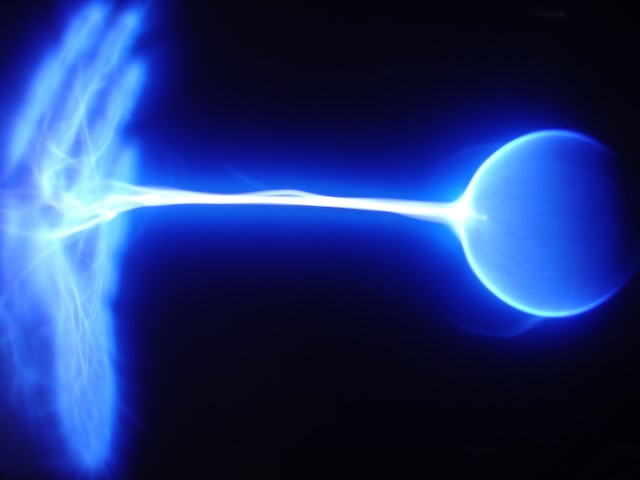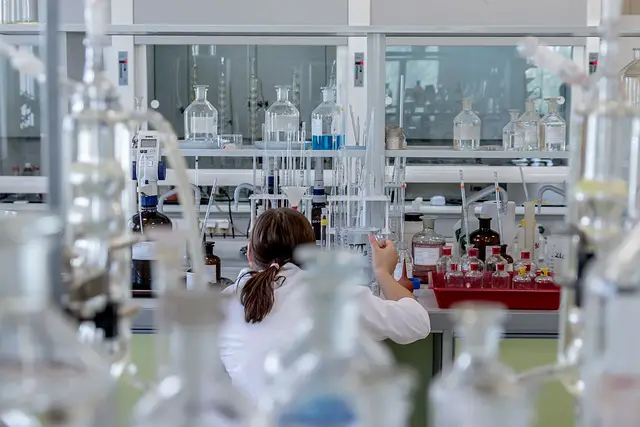
Desalination is a word that we hear more and more every day as the world’s water crisis worsens. A common point of confusion is at what level of salinity do we need desalination? I wrote two guides on this topic earlier When Is Desalination Needed Plants and Animals? and When Is Desalination Needed For Household Use? However, that led to the next question, how do you actually test the salt levels in a water sample? what are the recognized methods? These queries were the inspiration behind the creation of this concise guide on the topic.
Four recognized methods of testing salt levels in water are Conductivity meters, Handheld Refractometers, Hydrometers and Titration. These methods each rely on certain chemical properties of both salt and water to provide usable salinity values.
Conductivity Meter
A Conductivity meter works by measuring the amount of electrical current flowing through a sample of water. This is based on the principle that the higher the levels of dissolved salt in a body of water, the more efficiently it will conduct electricity. The higher the conductivity level, the saltier the water. Most Conductivity meters use a dial reading system to measure salinity levels, but digital models are also available. You must calibrate your meter before using it to test water salinity levels, you can do this by running distilled water through it which theoretically should return zero conductivity. You can then calibrate your dials to zero to match the conductivity present in the pure distilled water. Once calibrated, you can use the conductivity meter to test fresh and saltwater samples. A conductivity meter is likely one of the most user-friendly methods available due to its simple use and low margin for user error.

Using a Handheld Refractometer
Refractometers measure how much light refracts (bends) when it enters a liquid. Refractometers rely on using the refractive index (RI) which is a dimensionless number referring to how much the light diverges from its original path once it enters a transparent or semi-transparent material.
To give an idea of relative RI values:
- A vacuum containing no gas has an RI of 1
- Distilled water has an RI of 1.33 at 20 degrees Celsius
- Seawater has an RI of approximately 1.34 at 20 degrees Celsius
The principle behind this is that light travels at different velocities through different materials. As alluded to with the above values, the more salt or other contaminants dissolved in water means the light will meet more resistance and display higher divergence and therefore a higher refractive index. In essence, the idea of using a refractometer is to analyze a sample of water, returning a value between distilled water and seawater, most refractometers will automatically calculate the concentration of dissolved salts which can be compared to a reference or target.
Much like a conductivity meter, refractometers need to be regularly calibrated with distilled water to ensure accuracy.
Using a Hydrometer
A hydrometer measures the specific gravity (SG) of water, which represents its density when compared to pure Water (H2O). The effectiveness and accuracy of Hydrometers rely on Archimedes’ principle, which is that an upward force applied to an object that is partially or completely submerged in the liquid will be equal to the total weight of the liquid being displaced by the object. As a general rule, salts are more dense (Have a higher SG) than water, so, a hydrometer reading will tell salt levels based on this weight differential. The use of hydrometers is sufficiently accurate for most uses like aquariums or swimming pools however, there is a relatively high variability when being used by an untrained person. Therefore, for high accuracy requirements conductivity, titration or even a refractometer would be a more suitable choice.

Titration
Titration finds the salinity of a water sample by using the Mohr Method, where a silver nitrate solution of known concentration is added to the water sample. The science behind the titration process involves using a solution of a known concentration, also known as the titrant, to determine the concentration of an unknown solution also known as the analyte. The titrant (Silver nitrate) is added in minute measured quantities where the silver reacts with the Chloride ions present in the water until there is no chloride left to react, this point becomes known to the user due to the universal indicator which changes colour to red. The amount of silver added to the solution is then back-calculated to give a quantity of chloride present which is then calculated as a concentration of the water sample.
Ag+ + Cl– → AgCl(s)
So, as you will have now realized, this method is certainly not user-friendly and is more common in a high school chemistry lab, however, it is very accurate when performed correctly and certainly deserves to be mentioned in terms of valid testing methods.

letsdowater.com/what-are-the-5-different-desalination-types/#distillation
sciencedirect.com/topics/materials-science/refractive-index
bsu.edu/-/media/www/departmentalcontent/fseec/docs/speed-of-sound-and-light.doc#:~:text=Visible light can also travel through certain types of glass,m%2Fs or 273%2C400 mph.
grc.nasa.gov/www/k-12/WindTunnel/Activities/buoy_Archimedes.html
uobabylon.edu.iq/eprints/publication_3_16276_250.pdf
letsdowater.com/glossary/
https://www.waterboards.ca.gov/water_issues/programs/swamp/docs/cwt/guidance/3130en.pdf

